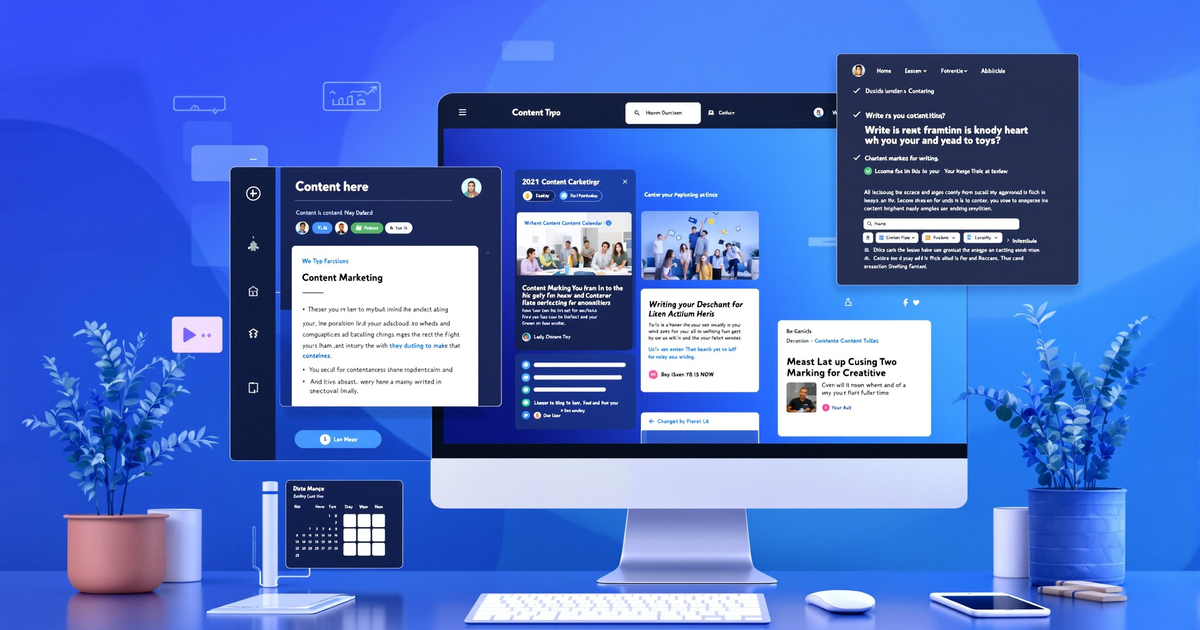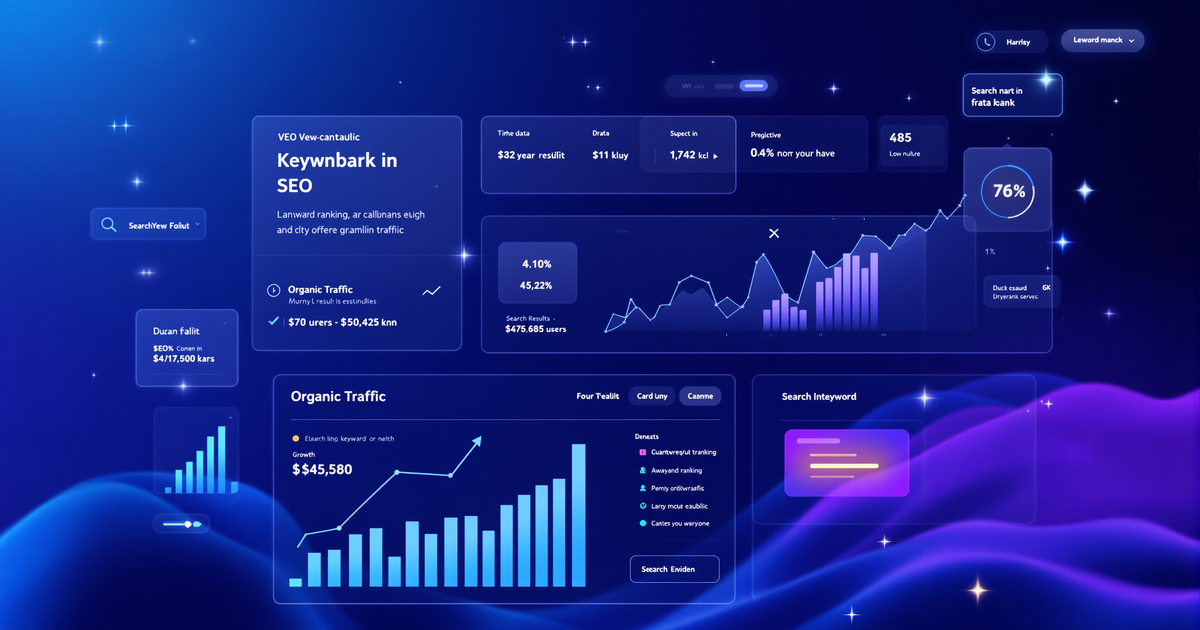Unlock Your Growth: 6 Proven Marketing Automation Workflows
Are you pouring hours into your marketing campaigns but still not seeing the results you want? Here’s a wake-up call: According to recent studies, businesses using advanced marketing automation workflows see up to a 451% increase in qualified leads and a 14.5% boost in sales productivity compared to those relying on manual processes. If you’re ready to stop guessing and start scaling, it’s time to embrace results-oriented marketing automation workflows to improve your overall marketing strategy.
What Are Results-Oriented Marketing Automation Workflows?
A marketing automation workflow is a series of automated, rule-based actions that guide leads and customers toward a specific business goal—be it lead nurturing, conversion, retention, or upselling. Results-oriented workflows are therefore meticulously designed to drive measurable outcomes, such as increased conversions, higher engagement, and improved ROI. These workflows are triggered by user behaviors, data signals, or time-based events, ensuring every touchpoint is timely and relevant.
Why Results-Oriented Workflows Are Essential in 2025
- Rising Customer Expectations: Audiences demand hyper-personalized, timely communications across channels.
- Competitive Advantage: Brands leveraging automation outperform competitors by streamlining operations and delivering consistent messaging.
- Scalability: Automation enables businesses to nurture thousands of leads simultaneously without sacrificing personalization.
Core Elements of a Results-Oriented Workflow
- Clear Goals: Every workflow starts with a defined objective (e.g., increase product signups, recover abandoned carts, boost customer retention).
- Triggers: These are the actions or events that initiate a workflow, such as a form submission, a cart abandonment, or a user milestone.
- Personalized Actions: Tailored emails, messages, ads, or notifications designed to engage users based on their behavior and profile data.
- Measurement: Real-time tracking and optimization to ensure workflows are delivering the intended results.
Proven Marketing Automation Workflows That Deliver Results
1. Welcome Series Workflow
- Objective: Convert new leads into engaged subscribers or customers.
- How It Works: Triggered when someone joins your list, this workflow delivers a series of welcome emails introducing your brand, sharing key resources, and nudging users toward their first conversion.
- Best Practices:
- Personalize messages with the subscriber’s name and interests.
- Offer a special incentive or resource in the first message.
- Highlight next steps or key product features.
2. Abandoned Cart Recovery
- Objective: Recapture lost revenue by reminding customers to complete their purchases.
- How It Works: When a user adds items to their cart but doesn’t check out, trigger a sequence of reminder emails or SMS, possibly including personalized product recommendations or limited-time discounts.
- Case Study: Snatcher, an ecommerce retailer, recovered over $120K in revenue and saw a 74% increase in sales by implementing a simple cart recovery workflow.
- Pro Tips:
- A/B test subject lines and offers.
- Only offer discounts for high-value carts to protect margins.
3. Lead Nurturing and Segmentation
- Objective: Move leads through the sales funnel based on their engagement and readiness to buy.
- How It Works: Automatically score and segment leads by behavior (e.g., email opens, website visits). Then, send targeted nurturing content tailored to each segment’s interests and stage in the buyer’s journey.
- Case Study: Book More Brides used automated lead targeting to grow their email list by 2,375% and generate nearly $1 million in sales.
4. Re-Engagement and Win-Back Campaigns
- Objective: Revive inactive leads or lapsed customers.
- How It Works: Identify contacts who haven’t engaged in a set period and trigger a series of re-engagement emails with personalized offers or updates.
- Example: Copa Airlines boosted their open rates from 15% to 17% and conversion rates from 8% to 10% by removing inactive contacts and personalizing their outreach.
5. Behavioral and Event-Based Triggers
- Objective: Respond instantly to user actions, such as downloads, page visits, or event registrations.
- How It Works: Use tools like ActiveCampaign or HubSpot to trigger follow-up actions (emails, ads, notifications) the moment a user takes a specific action, ensuring maximum relevance.
6. Omnichannel Campaigns
- Objective: Deliver consistent, personalized experiences across email, social, SMS, and ads.
- How It Works: Integrate marketing automation platforms with social and advertising channels to target users with personalized ads based on their profile and activity.
- Case Study: Icelolly integrated Facebook with their marketing automation, increasing conversion rates by 17% and click-through rates by 201%.
How to Build a Results-Oriented Workflow: Step-by-Step
- Define Your Goal: Be specific—e.g., "Increase webinar signups by 20% in Q3."
- Identify Triggers: What user behavior or data will kick off this workflow? (E.g., form submission, cart abandonment)
- Map the Steps: Outline each action, delay, and decision point. Use a flowchart for clarity.
- Create Content: Draft emails, ads, or messages. Personalize wherever possible.
- Implement and Test: Use your automation platform to build the workflow. Test it with sample users.
- Measure and Optimize: Track KPIs like open rates, CTR, conversions, and refine based on results.
Sample Workflow Template
| Step | Type | Action | Timing |
|---|---|---|---|
| 1 | Trigger | User signs up | Instant |
| 2 | Welcome message with CTA | 0 min after signup | |
| 3 | Wait | Delay for next email | 2 days |
| 4 | Share helpful resource/tip | 2 days after previous | |
| 5 | Tag | Tag as “Engaged Subscriber” | After link click |
| 6 | Special offer/next steps | 3 days after previous |
Adapt and expand this template based on your unique goals and audience.
Best Practices for Maximizing Workflow ROI in 2025
- Segment your audience: Personalize messaging by interests, behaviors, and lifecycle stage.
- Test and iterate: Continually A/B test subject lines, timing, and content for optimal performance.
- Leverage dynamic content: Use automation tools to insert personalized recommendations, location-based offers, and relevant updates.
- Integrate with CRM and analytics: Sync workflows with your CRM for unified data and deeper insights.
- Focus on omnichannel: Coordinate email, SMS, social, and ads to reinforce your message everywhere your audience engages.
Real-World Results: Business Impact at a Glance
| Business | Workflow Used | Result |
|---|---|---|
| Snatcher | Cart recovery | $120K+ in revenue recovered |
| Book More Brides | Automated lead targeting | 2,375% email list growth |
| Copa Airlines | List cleaning, personalization | 2% boost in opens, 2% in conversions |
| Icelolly | Omnichannel retargeting ads | 17% higher conversion, 201% CTR |
Key Takeaways: Why It Matters
Results-oriented marketing automation workflows are no longer optional—they’re a must-have for any business that wants to compete in 2025. Ultimately, they free your team from tedious manual tasks, deliver hyper-personalized experiences, and drive measurable business growth.
- Nurture leads and customers with precision.
- Recover lost sales automatically.
- Scale your marketing impact without scaling your workload.
Ready to Discover What’s Missing in Your Marketing?
Stop guessing. Start winning. Take CDM Suite’s Free 3-Minute Marketing Assessment now and get a custom growth plan tailored exactly to your business. Find out exactly what’s missing in your marketing strategy—and unlock your next level of results!


